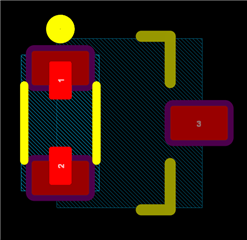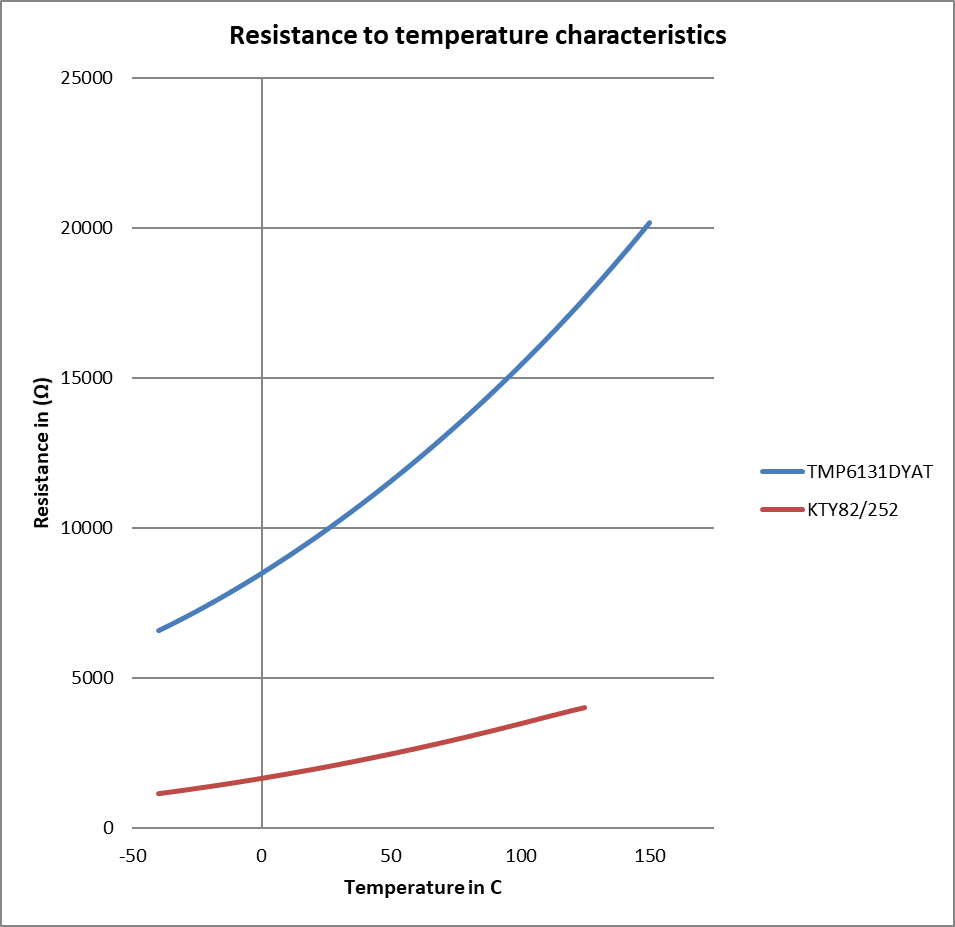Is there a fit replacement for the discontinued KTY81 or KTY82 PTCs?
-
Ask a related question
What is a related question?A related question is a question created from another question. When the related question is created, it will be automatically linked to the original question.



 Effective resistance over temperature plot
Effective resistance over temperature plot